Hübschen said the steel industry in Saarland could meet the hydrogen needs of 150,000-200,000 metric tons/year, while 100,000 metric tons/year of demand could come from other industries.
"Many companies are currently considering switching their production from gas-based heating or other gas-based processes to electrification or hydrogen. Depending on technological constraints, switching to hydrogen is a much smaller investment because they only need to change the burner technology, not the entire furnace," Hübschen said.
Saarland offers a case study of how the steel sector is on its way to decarbonizing its operations by integrating with renewables, gas grids and other potential hydrogen users.
The state is home to the Saarstahl and Dillinger steel plants, both owned by the holding company Stahl-Holding-Saar (SHS).
According to a company presentation, SHS is Germany's fourth largest steel producer by volume, with an annual output of 5 million metric tons.
Hübschen said SHS is planning a 2.5 million mt/year direct reduced iron plant at Dillinger, which will use large quantities of hydrogen.
The focus is on developing hydrogen projects along the value chain, building an infrastructure to connect supply and demand nationally and cross-border, and steel mills will be the major buyers of renewable hydrogen in the region, Hübschen said.


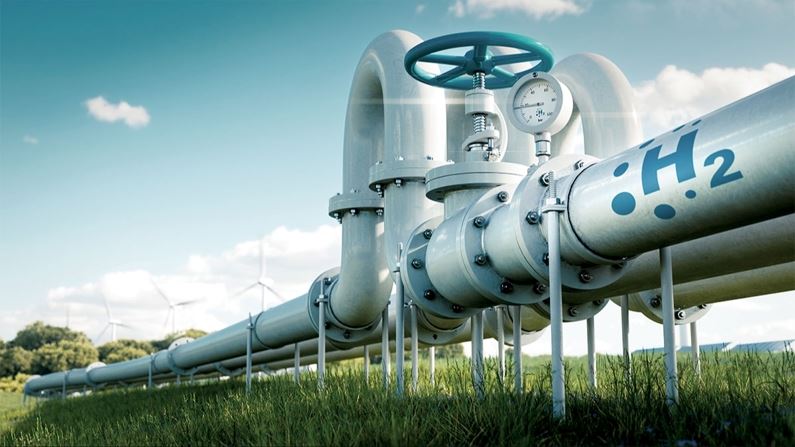

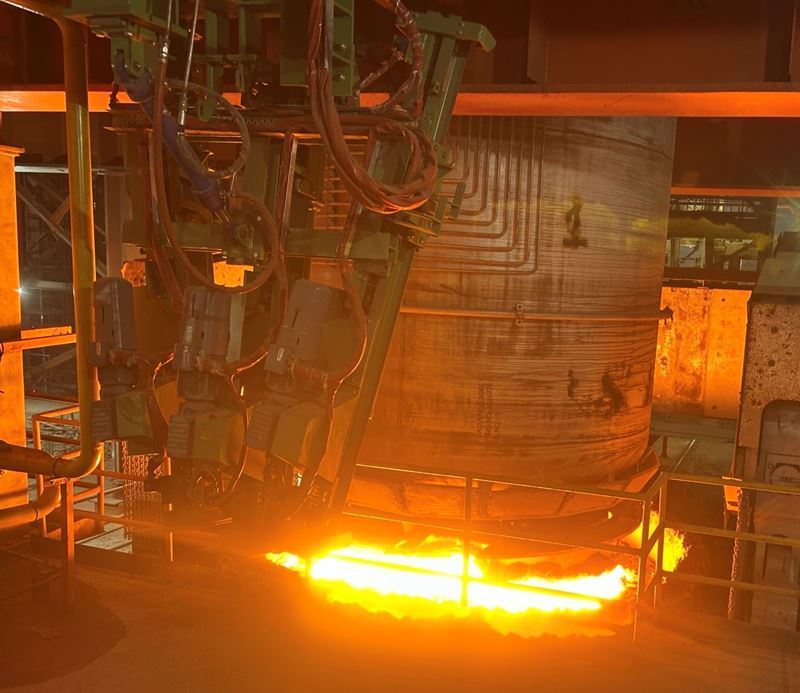
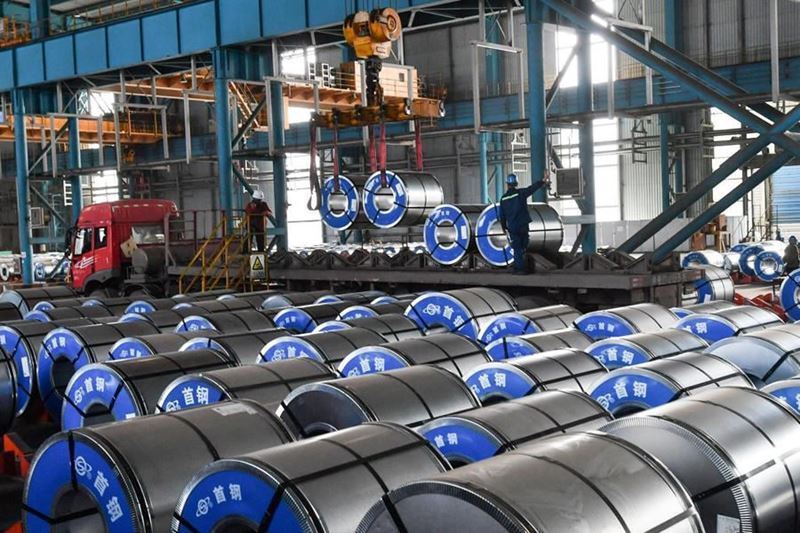
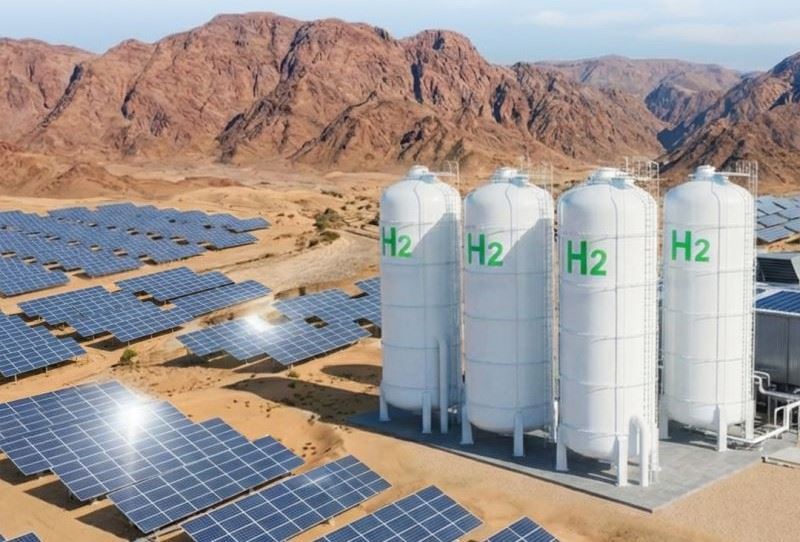
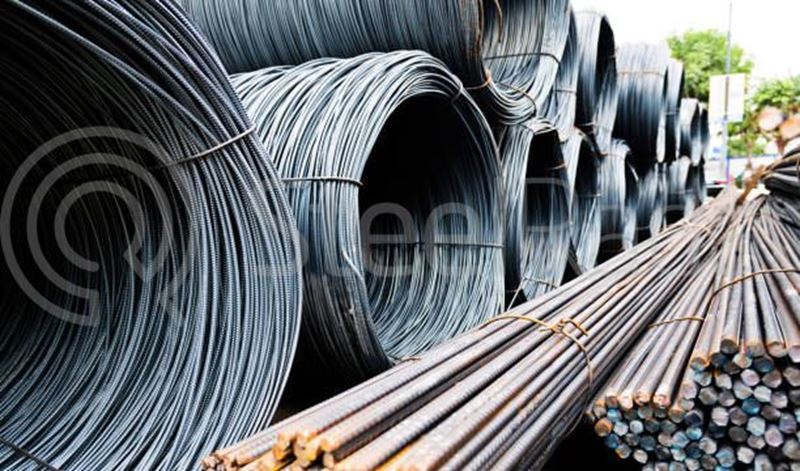

Comments
No comment yet.